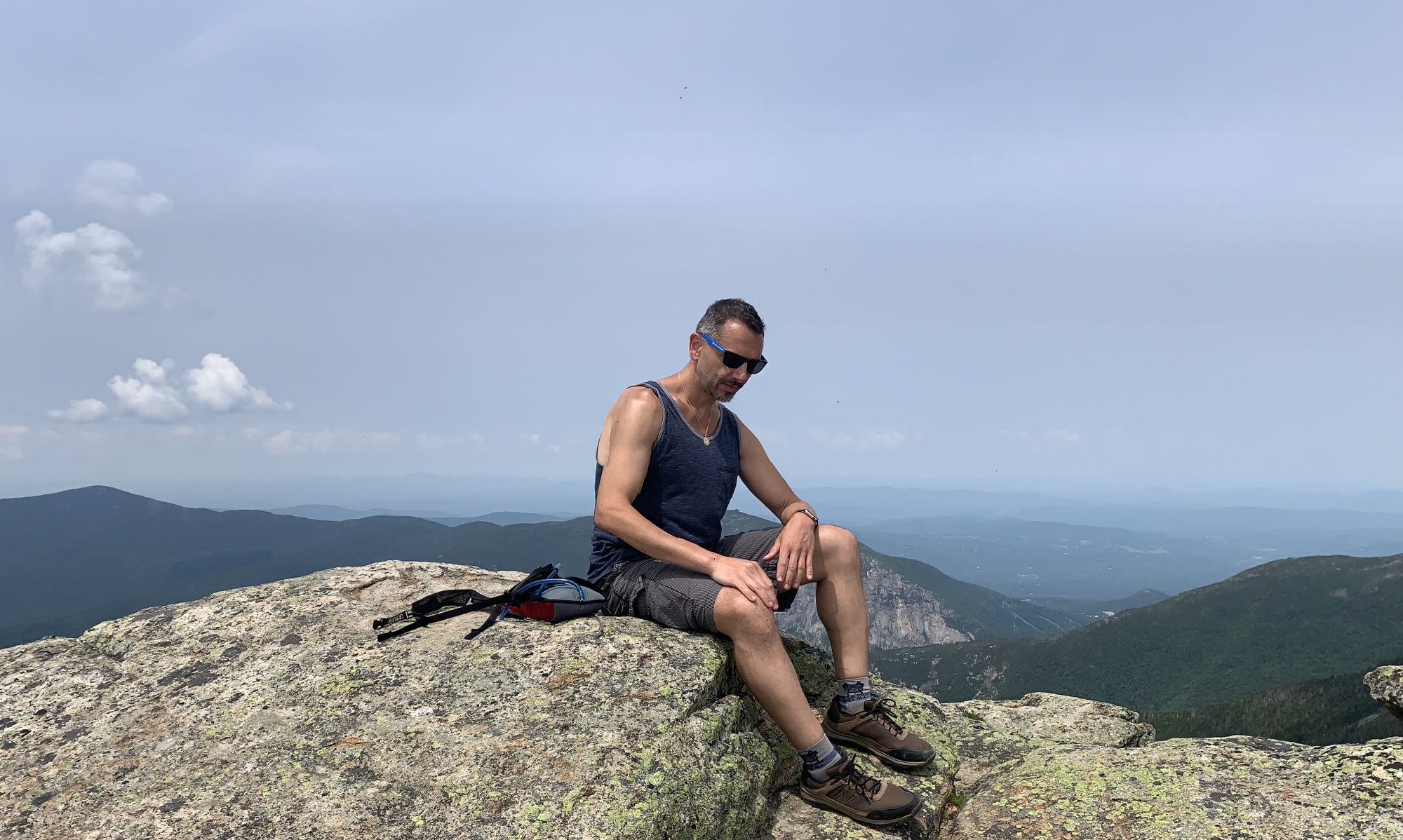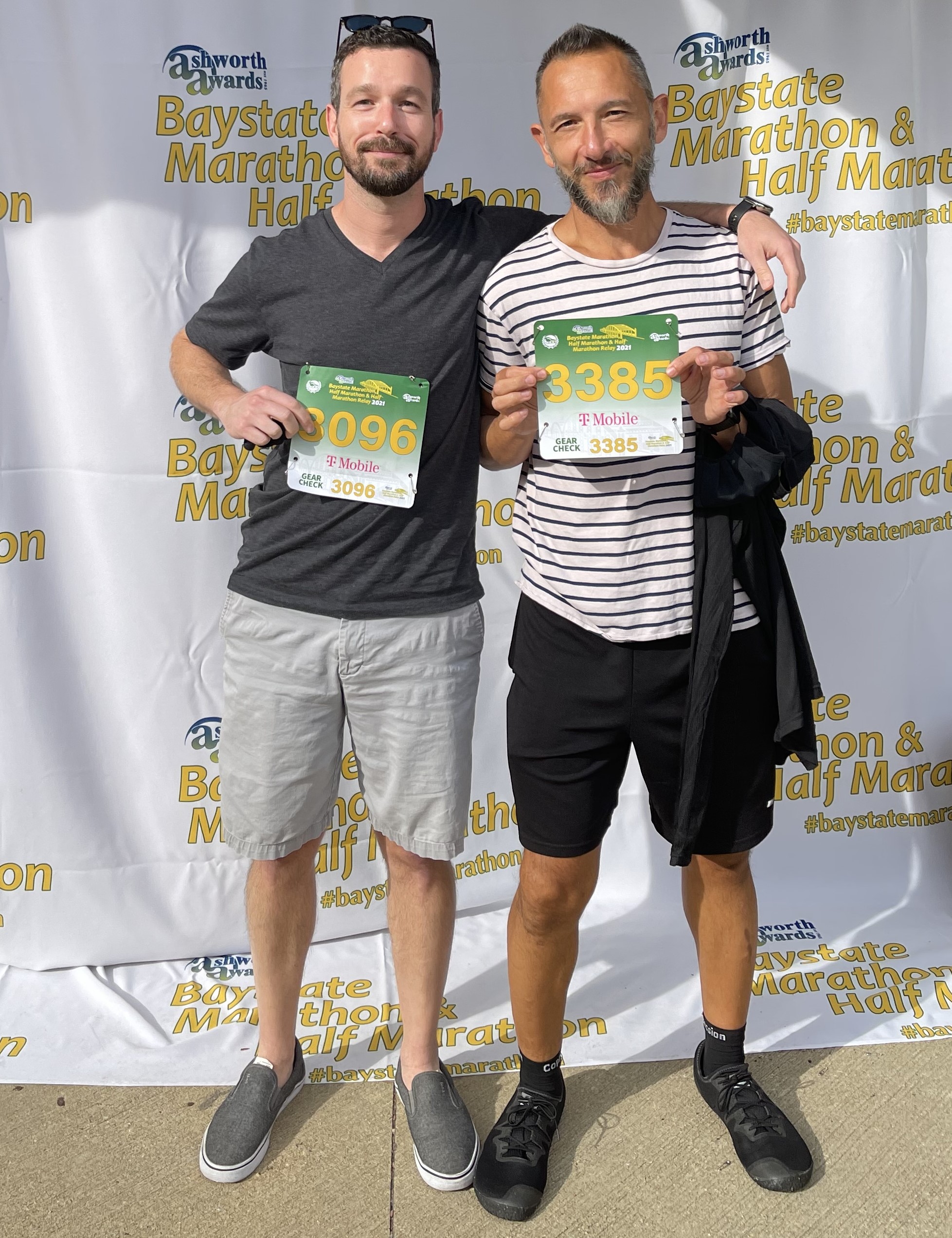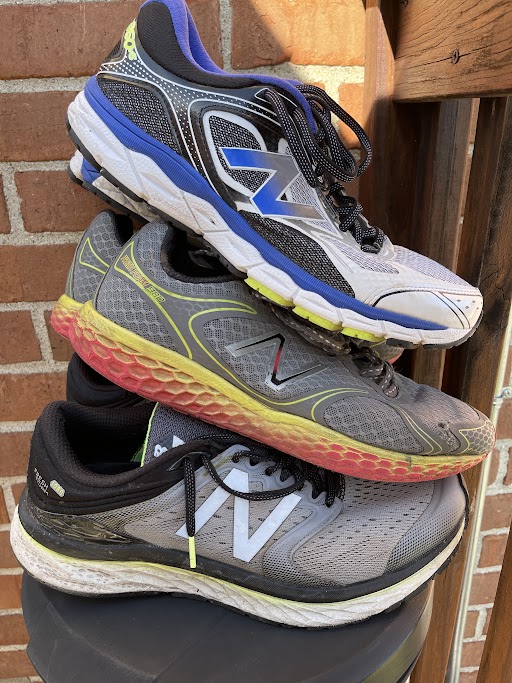Yesterday I ran the TARC Fall Classic half marathon. This was a fun one! It was my fifth race, second half marathon, and second trail race. The terrain was very similar to the trails I normally run near my home in Medford, MA, as was the weather (since I was only about 30 minutes away). I finished in 2:37, which I think was a decent time for me.
Lessons learned:
- The race provides no cups at the aid station. You must bring your own bottle. I did this, but I forgot to fill it at the start of the race. Fortunately for me the 13 mile course starts with a 1 mile loop around the cornfield and parking lot, then takes you right by the aid station again, so I stopped there and filled up again. Next time, I’ll take a bottle from the get go.
- My Ultraspire waist belt – my normal goto on trail runs and long runs – proved to be a bit of a hindrance. This is because to get a snug, non-bouncy fit, I need to cinch it tightly around my waist. Unfortunately this interfered with my breathing when running at race pace, so I had a choice of a little bounce or restricted belly breathing.
- I carried the right amount of food. I started off with some Harry & David Moose Munch popcorn (think “Cracker Jack with chocolate”) about half an hour before the start, a gel, an IQ bar, and some Gummy Bears. At the aid station I had peanut butter pretzels, an Oreo, and I snagged a bag of Doritos for the second lap. I definitely benefited from the salty snacks more than the sweet ones, so I plan to factor this in to nutrition/training moving forward. At the end of the race, I had some banana, boiled potato, and half a peanut butter and jelly sandwich.
- I wore my Altra Lone Peak 5s – the same ones I ran the Vermont 50 in a year ago. They were fine for the terrain.
Seriously looking to run this one again next year – maybe the 20 miler or 50k,





 ?
?
 ?
?